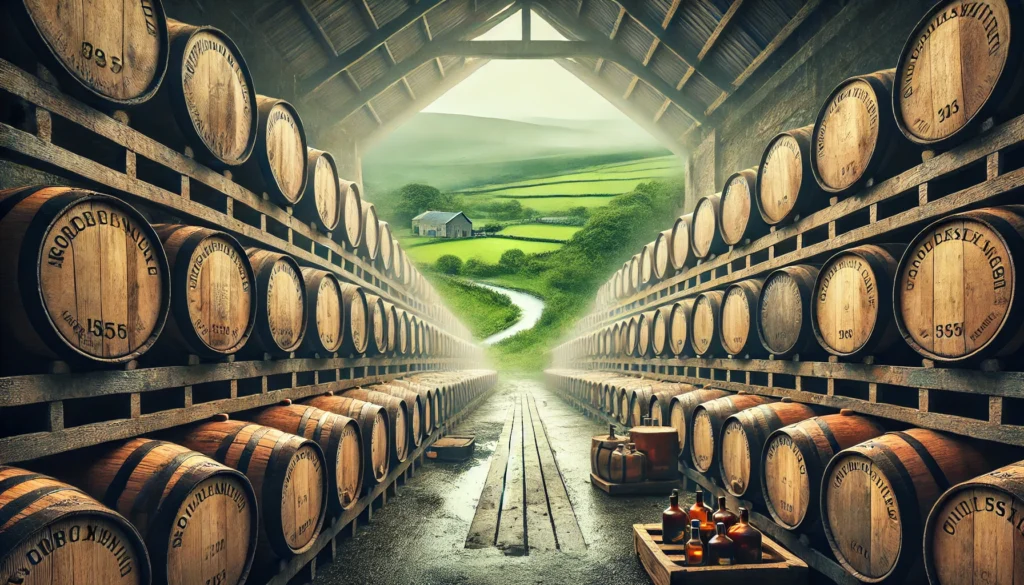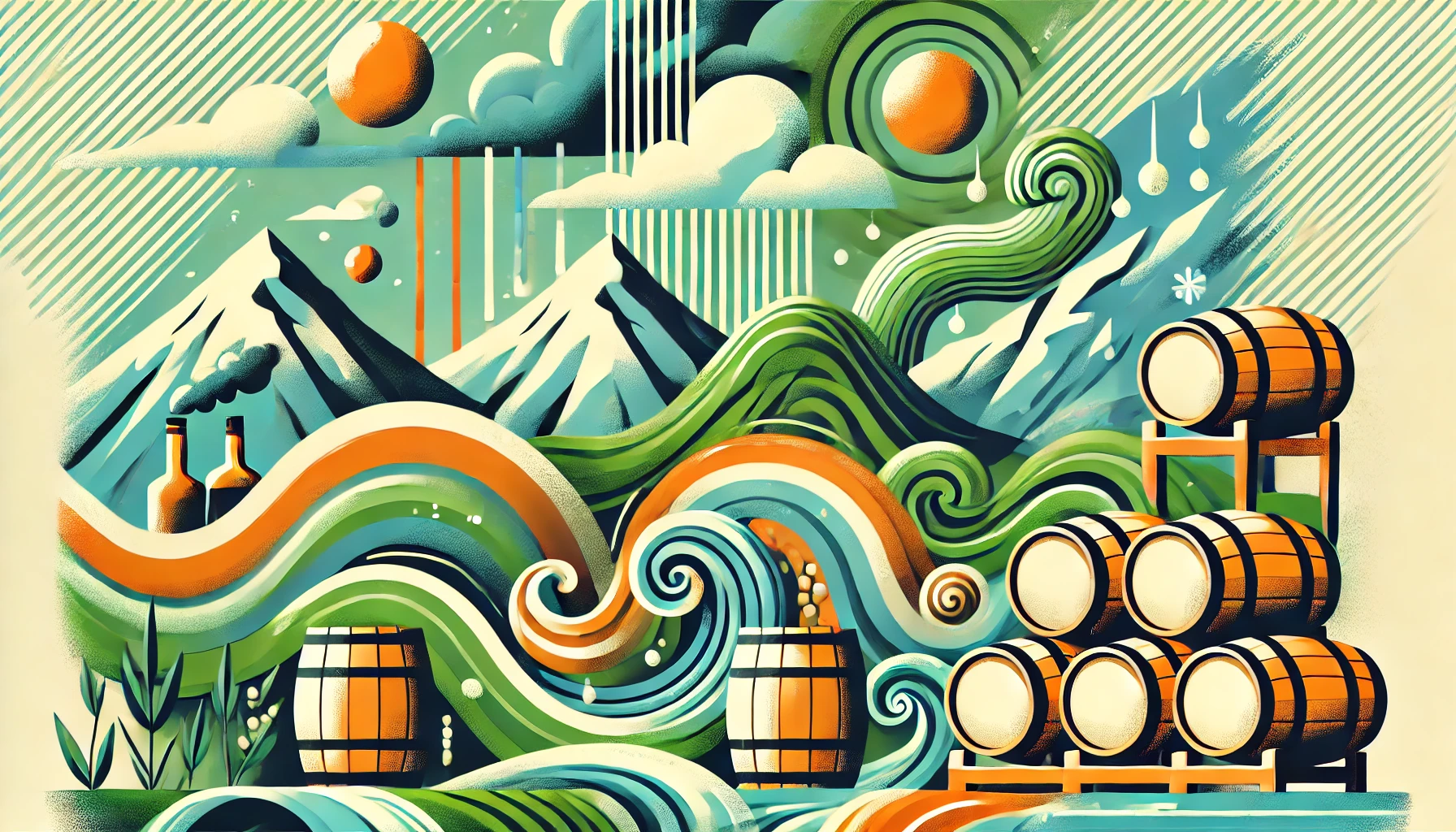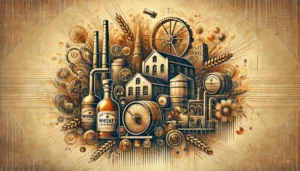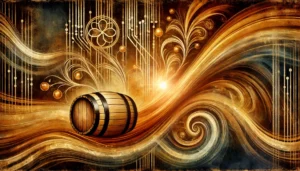The art of aging Irish whiskey is a meticulous process that significantly impacts its flavor, aroma, and overall quality. Unlike other spirits, whiskey undergoes a transformation while it rests in wooden casks, absorbing various elements from its environment. The climate in which the whiskey is aged plays a pivotal role in shaping its unique characteristics. This article delves into how different climates affect the aging process of Irish whiskey, exploring traditional methods in Ireland and contrasting them with the effects of warm and cold climates around the world.
Traditional Aging in Ireland
Ireland’s climate is renowned for its mild and consistent conditions, which are ideal for aging whiskey. The country’s maritime climate, characterized by moderate temperatures and high humidity, creates a steady environment for the maturation process.
Characteristics of Ireland’s Climate
Ireland experiences relatively stable temperatures throughout the year, rarely dipping into extremes. This consistency allows for a gradual and controlled aging process. The high humidity levels prevent excessive evaporation of the whiskey, known as the “angel’s share,” ensuring that more of the spirit remains in the cask over time.

Effects on Aging and Flavor Profile
The stable Irish climate allows for a slow and even maturation, which is crucial for developing complex flavors. The wood of the cask interacts with the whiskey, imparting rich, smooth, and mellow characteristics. Over the years, the whiskey absorbs tannins, vanillin, and other compounds from the wood, enhancing its depth and complexity. This slow aging process also helps to balance the whiskey’s flavors, reducing harshness and promoting a harmonious blend of notes.
Notable Examples of Traditionally Aged Irish Whiskey
Several iconic Irish whiskeys exemplify the benefits of traditional aging. Brands like Jameson, Bushmills, and Redbreast have mastered the art of aging in Ireland’s climate, producing spirits with distinct and revered profiles. For instance, Redbreast 12-Year-Old is celebrated for its full-bodied flavor, a direct result of the slow aging process in Ireland’s mild climate.
Aging Irish Whiskey in Warm Climates
While Ireland’s mild climate has long been ideal for aging whiskey, experimenting with different climates can produce intriguing variations in flavor and character. Warm climates, in particular, offer a stark contrast to the traditional Irish environment.
Overview of Warm Climate Characteristics
Warm climates, such as those found in regions like the Caribbean, the southern United States, and parts of Australia, are marked by higher average temperatures and lower humidity levels. These conditions can accelerate the aging process, as the whiskey expands and contracts more rapidly within the cask due to temperature fluctuations.

Influence on Maturation Speed and Taste
The increased temperature in warm climates speeds up the interaction between the whiskey and the wood of the cask. This faster maturation process can lead to the whiskey developing strong, bold flavors in a shorter amount of time. The wood imparts intense notes of vanilla, caramel, and spice, resulting in a more robust flavor profile. However, the rapid aging can also mean that the whiskey may not achieve the same depth and complexity as those aged more slowly in cooler climates.
Another factor to consider is the rate of evaporation, which is significantly higher in warm climates. The angel’s share is greater, leading to a reduction in the volume of whiskey over time. This can concentrate the flavors, but it also means there is less whiskey to bottle after aging.
Examples from Warm Climate Regions
While aging Irish whiskey in warm climates is still relatively novel, there are some notable examples of this practice. Distilleries in the southern United States have experimented with aging Irish-style whiskey in their warmer conditions, producing spirits with unique flavor profiles. Additionally, the influence of the Caribbean climate on rum aging provides insights into how similar conditions might affect Irish whiskey.
Aging Irish Whiskey in Cold Climates
Aging Irish whiskey in cold climates offers yet another fascinating contrast to traditional and warm climate aging. Cold regions, such as parts of Canada and Northern Europe, provide unique conditions that can influence the whiskey’s maturation process.
Overview of Cold Climate Characteristics
Cold climates are characterized by lower average temperatures and, often, higher humidity levels compared to warm regions. These conditions result in a slower aging process as the interaction between the whiskey and the wood of the cask is less intense. Temperature fluctuations are also less dramatic, contributing to a more gradual maturation.

Impact on Aging Process and Flavor Development
The slower aging process in cold climates allows for a more subtle and nuanced development of flavors. The whiskey takes more time to absorb the compounds from the wood, resulting in a smoother and more refined taste. This extended aging period can enhance the complexity of the whiskey, bringing out delicate notes that might be lost in a faster aging environment.
The angel’s share is typically lower in cold climates due to reduced evaporation rates. This means that more whiskey remains in the cask over time, which can be beneficial for distillers looking to maximize their yield. The slower evaporation also means that the whiskey retains more of its original volume, preserving its intended flavor profile.
Examples from Cold Climate Regions
There are fewer examples of Irish whiskey aged in cold climates, but some distilleries in Canada and Northern Europe have experimented with this approach. These whiskeys often exhibit a distinctive character, with smooth, layered flavors that reflect the extended maturation period. For instance, certain Canadian distilleries have produced whiskey with a notable balance of sweetness and spice, a direct result of the slow aging process in a cold environment.
Comparative Analysis and Conclusion
Understanding how different climates affect the aging process of Irish whiskey offers valuable insights into the art of whiskey maturation. By comparing traditional Irish aging methods with those in warm and cold climates, we can appreciate the diverse flavors and characteristics that each environment imparts.
Summary of Climate Impacts on Aging
- Traditional Irish Climate: The mild, stable temperatures and high humidity of Ireland create ideal conditions for slow, even aging. This results in a smooth, complex whiskey with a well-balanced flavor profile.
- Warm Climates: Higher temperatures accelerate the aging process, leading to bold, intense flavors. However, the rapid maturation can sometimes sacrifice depth and complexity. Increased evaporation also reduces the volume of whiskey over time.
- Cold Climates: Lower temperatures slow the aging process, allowing for subtle, nuanced flavors to develop. The reduced evaporation rate helps preserve the whiskey’s volume, resulting in a smoother, more refined spirit.
Comparative Analysis of Different Climates
Comparing these different aging environments reveals the trade-offs involved in each method. Traditional Irish aging provides a balanced approach, producing whiskey with a harmonious blend of flavors. Warm climates offer a quicker maturation with bold flavors but can lack the intricate complexity of slower-aged spirits. Cold climates, on the other hand, yield a more refined whiskey with subtle, layered notes, thanks to the prolonged aging process.

Final Thoughts on Optimal Aging Environments
Ultimately, the optimal aging environment depends on the desired characteristics of the final product. Distillers may choose to experiment with different climates to create unique flavor profiles and expand their offerings. The traditional Irish climate remains a gold standard for producing smooth, complex whiskey, but innovations in warm and cold climate aging continue to push the boundaries of what is possible.
In conclusion, the climate plays a crucial role in the aging process of Irish whiskey, influencing its flavor, aroma, and overall quality. Whether aged in the mild climate of Ireland, the warm conditions of the Caribbean, or the cold environment of Canada, each whiskey develops its unique character through the intricate dance between spirit, wood, and climate. By understanding these differences, whiskey enthusiasts and distillers alike can better appreciate the craftsmanship behind each bottle and explore new horizons in whiskey production.









Be First to Comment